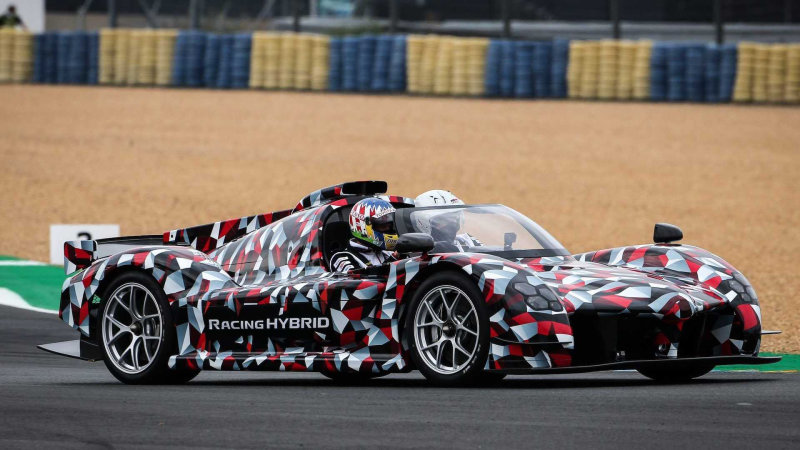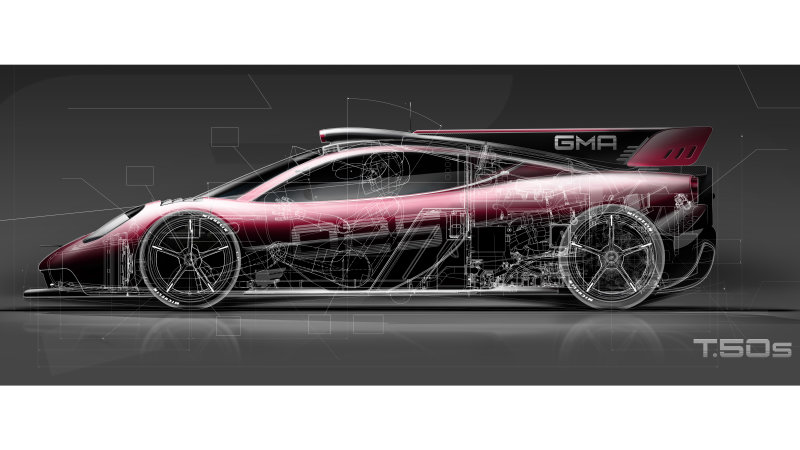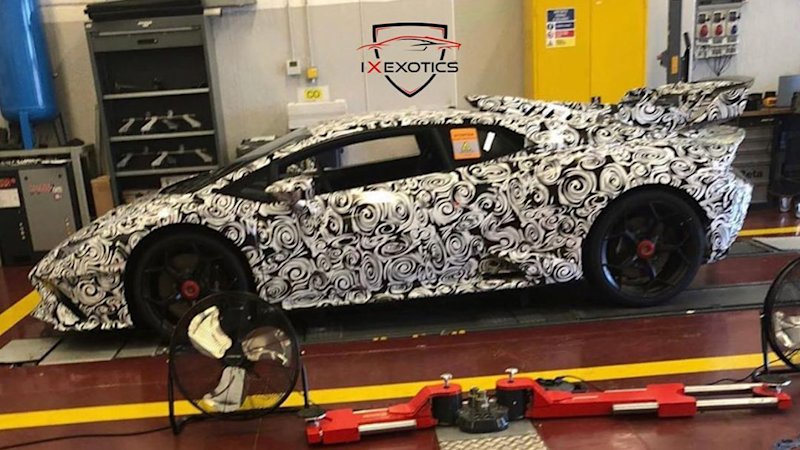We all know there are a lot of restrictions when it comes to road cars, but also purebred racecars have limits imposed on them, when McLaren Customer Racing created their 720S GT3, it had to comply with FIA GT3 regulations … but what would happen when you can create a track car with no limits?

Then you get the McLaren 720S GT3X, where the X comes with no motorsport restrictions whatsoever, this is a new, track-only car based on the 720S GT3, but she isn’t homologated for racing, the hand-built, 4.0-Liter V8 twin-turbo engine delivers 750PS in this ‘X’, while taking advantage of the chassis and aerodynamic characteristics of its latest-specification, race-winning 720S GT3 to optimize the owner’s driving enjoyment on circuits during track days for instance.
A six-speed sequential motorsport transmission is fitted to a bespoke M840T engine that comes with a blueprinted cylinder head, strengthened pistons, ‘Diamond Like Carbon’ (DLC) coating, add the lightweight performance exhaust system and the result is an overall weight of only 1,210kg (2,668lbs) for this stripped-down track car, with the ‘push-to-pass’ button on the steering wheel, an extra 30PS over the available 720PS boosts power to an impressive 750PS.
Development of the GT3X saw a focus on pure engineering, innovative aerodynamics, and efficient design, taking the car for many thousands of kilometers on tracks all over Europe and the Middle East. Without having to deal with regulations, the 720S GT3X is a true performance-optimized evolution of the bespoke GT3 racecar. The aerodynamically optimized body has been developed using ‘Computational Fluid Dynamics’ (CFD) combined with F1 wind tunnel testing.

On this new McLaren 720S GT3X the body gets hand-finished in metallic MSO Carbon Black paint, a pinstripe in heritage McLaren Orange (reminding is of the famous winning McLaren Formula 1 cars in the 1960s) is added to the lower edges of the ground-hugging body shape and the outer rim of the gloss black center-locking wheel rims, a really nice touch is the large ‘X’ on top of the canopy.
While there was no requirement to do this, McLaren did install an FIA-approved race seat made from carbon fiber and Kevlar, in the GT3X the pedals and steering wheel can be adjusted for the driver, and to share in the fun of taking a racecar around the track, there is an option to fit an extra safety-compliant passenger race seat complete with a six-point harness, McLaren even altered the roll cage to accommodate this second seat.

“Due to GT3 balance of performance requirements, the 720S GT3 car has to run with a considerably reduced power output than the road-going 720S Spider and Coupe variants. The brief for the GT3X project was to unleash the full potential of the 720S GT3 car using a massively increased power output to fully exploit the aerodynamics and chassis dynamics of the car. Additionally, the car is now able to carry passengers for the first time, thanks to the re-design of a new bespoke roll-cage and passenger seat installation. Brake cooling has also been improved to cope with the additional demands of increased speed and the mass of a passenger.
The 720S GT3X now offers a unique opportunity to experience a fully-fledged GT3 car. The lap time is significantly reduced from the GT3 benchmark through both the huge standard power increase and the additional 30bhp from the push-to-pass button. The end result is a car that offers a truly unique experience.”
Ian Morgan, Director, McLaren Customer Racing

Do keep in mind this amazing McLaren 720S GT3X can’t be ordered at a regular McLaren dealership, you will have to turn to one of only 11 official McLaren Motorsport Retailers worldwide, as part of the purchase and ownership package, McLaren Automotive can provide dedicated technical track support for each owner. This program is carried out by the customer support engineers from the in-house McLaren Customer Racing division – the team that has designed and developed the model alongside the 720S GT3 global customer race program.
























